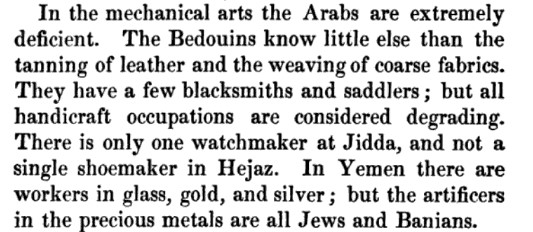Idilinaa
VIP
We work with what we have and strongly state that it is all in a speculative range, even your ethnographic works by those westerners that you postulate to be an "objective" position about the Somali condition within a conversation about a still persisting social stratification, that mind you, is known by the majority of average Somalis.
What we have is A Preliminary Investigation of the Blood Groups of the Sab Bondsmen , thats the only thing we have thats is tested, controlled and representative. None of it is speculative, it's science.
Honestly the same so called '' Westerners''' as you would have them be called now, conducted this blood group study in hopes of supporting their hypothesis that they are remnant groups with a different origin partly as an extension of the now defunct Hamite Hypothesis because they found no evidence physically, culturally or linguistically. And to their utter suprise , their results came back opposite what they hoped for. That the Sab Bondsmen are identical to other Somali clans and no differences can be observed.
So it's pretty telling
I know this is a thing all over the Horn of Africa, not even only among Cushites either, Omotics have the exact same thing (a study on the Aaris pushes this phenomenon thousands of years back in time). They all have similar myths and conditions placed upon those marginalized artisan classes -- I posted a nice document about it here on two occasions. It's not some recent thing whatsoever. We definitely had similar types of specialized conditionalities to some minority sections even prior to these noble clans we belong to even existing. This is an ancient tradition that in a way tried to diversify and keep the balance of an economic environmental interaction subsistence packages reaffirmed by a clearly uniform mythological framework that stretches throughout populations that are geographically and ancestrally distinct.
Doesn't seem like you know, because if you understood how widely evenly distributed they are among various horn of african groups you wouldn't run around with these unproven speculations. Cause what it shows it's how this is rooted in the region.
Aside from the socio-economics of subsistence that underpin and explain this. There is a another similarity we can observe among the various cushitic groups that might by ancient and that is the ritual impurity myth and Herbert Lewis explains how common he finds these explanations are throughtout:
The commonest reason given for the fall of these groups
is that their ancestors ate impure meat some time in the past, even if they do not do so now (some of these peoples are said still to eat impure meat, such as wild pig). This tale is so common that it sounds like an old myth validating the lower social status of these groups in this area of rigid dietary rules.
It mainly used as a method/tool to validate and justify their social position.





































